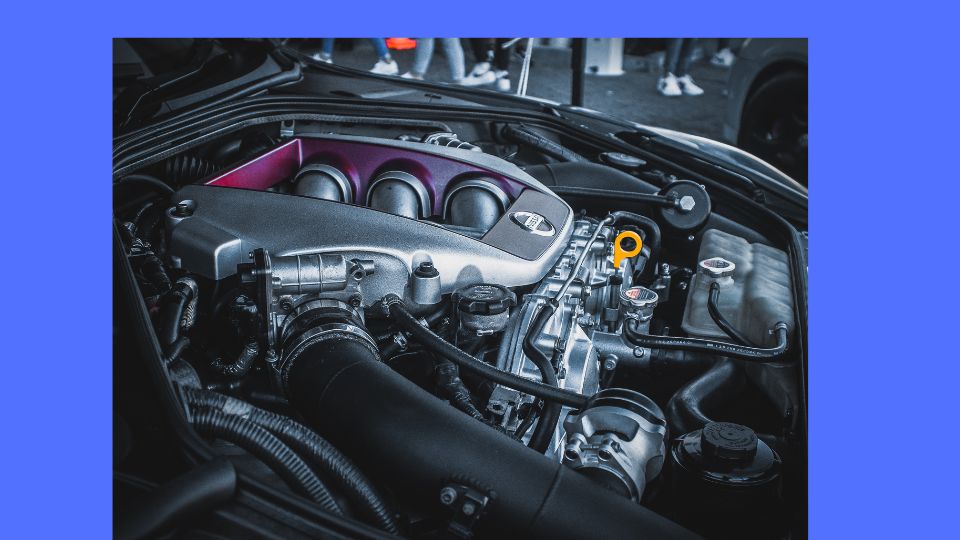Troubleshooting Mass Airflow Sensor In A Truck
What is the role of mass airflow sensor in a truck? Two primary ingredients are essential for combustion to take place, that is air and fuel. The ratio of these ingredients is necessary for better combustion. Mass airflow sensor calculates the amount of oxygen that flows into the combustion chamber, which is essential for an ideal fuel-to-air ratio.
This guide will focus on the common symptoms of a faulty mass air flow sensor and how to troubleshoot it.
Symptoms of a Faulty Mass Airflow Sensor
Common symptoms your truck will show when the mass airflow sensor becomes faulty.
The Appearance of the Engine Check Light
The engine control module monitors all sensors in your truck and ensures everything is functioning effectively. The ECM will illuminate the check engine light when a sensor sends a wrong signal.
When the mass airflow sensor is faulty, an engine check light will appear on your dashboard.
Poor Acceleration
When your mass airflow is faulty, there will be an inadequate fuel-to-air mixture in the combustion chamber. Fuel will only adequately burn when the air supply is high in the combustion chamber. When this happens, your truck cannot generate adequate power when you press the acceleration pedal.
Black Smoke
Your truck will produce black smoke when your mass airflow sensor is faulty. The combustion chamber will not receive adequate air, leading to a rich air-to-fuel mixture. Black smoke is a result of the engine burning more fuel than oxygen.
Hard Starting
In the morning, you might realize that starting your truck becomes hard, and this is due to a faulty mass airflow sensor. Truck engines are usually sensitive to the proportion of fuel and air that initiates engine combustion. When your engine is rich or lean, your truck will not start or crank quickly.
Rough Idle
Idling is an essential time. During idling, you will note several issues related to your engines, such as problems with the ignition or even the airflow sensor. If you realize that your idling is becoming rough, there are higher chances of your engine stalling. Consider checking the condition of your mass airflow sensors.
Troubleshooting a Mass Airflow Sensor
Knowing how to test your mass airflow is essential, do the following to troubleshoot it.
- Connect your OBD2 and note the data from your mass airflow sensor at idle. The reading should be 0mg.
- Start your truck and check the values of your sensor. These values should go up when revving, but the figures should also drop when the RPM reduces. If the values remain the same when revving and not revving, your airflow sensor might be faulty.
- Check your truck repair manual to know how you can measure your sensor and its wiring.
- If the wiring is faulty, you will need to consider repairing them.
Conclusion
Air is essential in the engine as it facilitates the engine’s combustion process. For proper combustion in your engine, there has to be a uniform air-to-fuel mixture. Mass airflow sensor ensures there is adequate fuel to the air mixture.
A faulty mass airflow sensor has the above symptoms. When you experience them, consider troubleshooting the cause.



